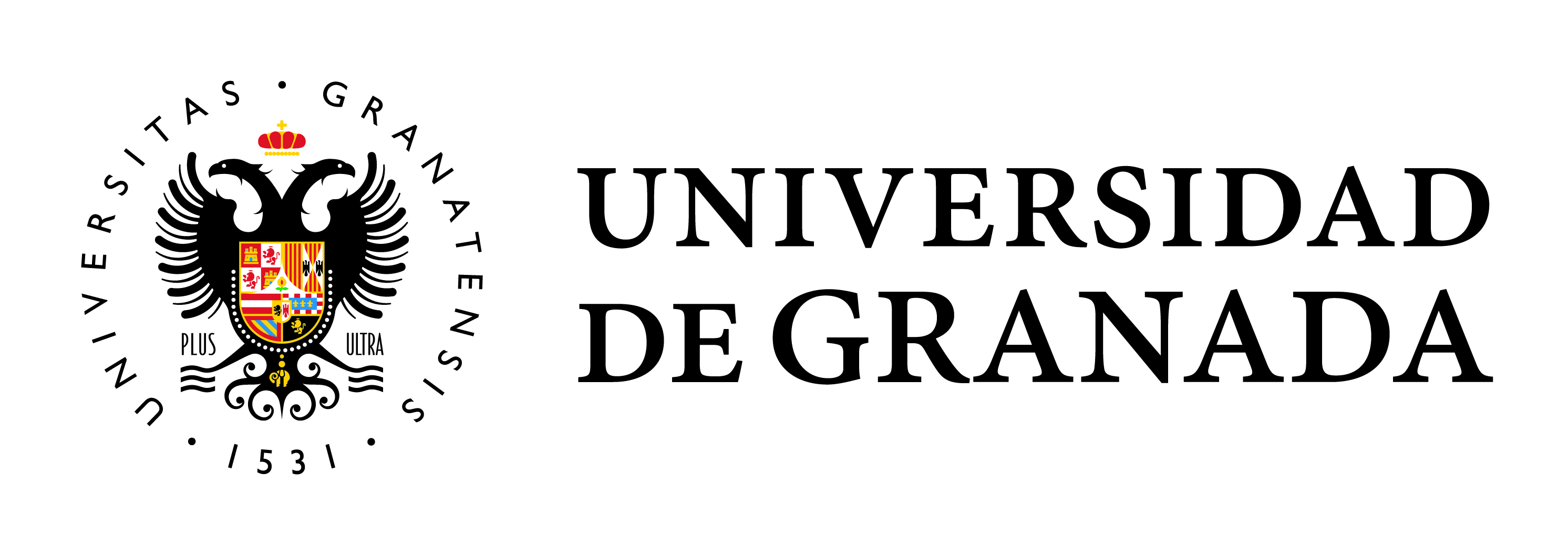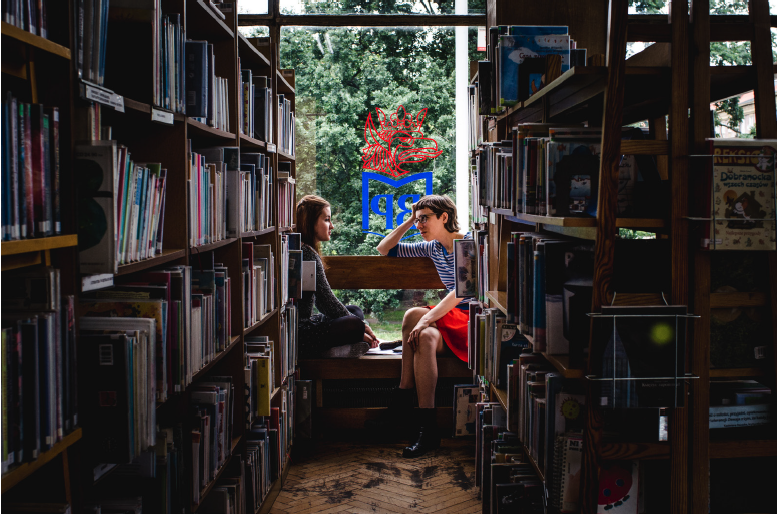Body and literature. Anachronic practices in Mette Edvardsen’s «Time has fallen asleep in the afternoon sunshine»
Main Article Content
Abstract
This text proposes a series of reflections on the project «Time has fallen asleep in the afternoon sunshine» (developing since 2010) by the Norwegian performance artist Mette Edvardsen. This project is articulated around book memory learning, and over the years it has been deployed in a library of more than eighty living books in 12 languages, in a publishing house, in exhibitions and in various other formats. The analysis is organised around two main axes: on the one hand, on the ravages, transformations, and displacements that a work based on the body produces in the usual notions with which we conceive literature, as well as in the practices of archiving and preserving texts; on the other hand, in the recovery of practices that can be considered anachronistic (rote learning of a text, and literal rewriting, among others), which offer alternative values to originality, creativity and innovation, to the logics of profitability and efficiency and to contemporary temporal economies.



